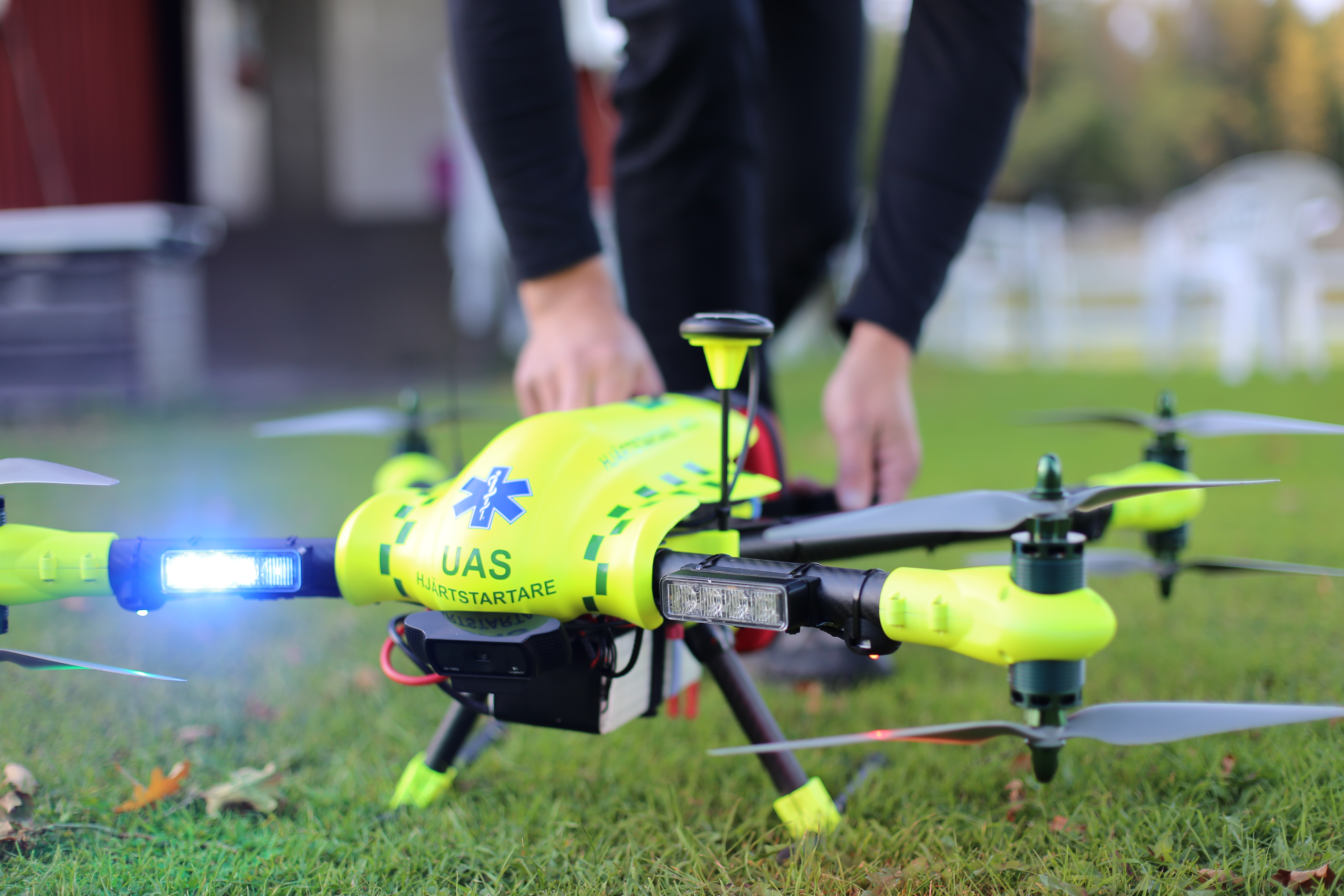In the first section of the exhibition dedicated to Air, you will get a chance to see various uses of autonomous drones. They have already been used in parts of Europe and Africa to deliver medical supplies, conduct scientific research, survey disaster sites and more.

Introducing drones to our emergency services could save lives by transporting materials like blood and AEDs more quickly, locating people inside burning buildings, and helping the police track suspects.
This all sounds amazing, doesn’t it? Outside of the lab, though, these technologies often misidentify people. They could also be used to collect sensitive data, such as our banking information, or take photos of someone without their knowledge. As drones become more common in cities, it is important to consider how we want them to be used.
Moving on to Land, the exhibition explores some of the challenges that we must tackle before we could see truly self-driving cars on our city streets.

The Citroen DS19, the oldest object in the exhibition, is one of the first self-driving cars ever developed; it was modified by the Road Research Laboratory in 1960 to guide itself over a stretch of the M4 on an electric cable, and a report from that time suggested that all cars in Britain would be driverless by 2010.
Alas, we are still a long way from this becoming reality. While artificial intelligence can outperform humans at specialised tasks in predictable environments, we are better at reacting to unpredictable situations outside of the lab, like in city streets.
In the final section of the exhibition, Water, we feature technologies that are helping scientists researching and exploring some of the most remote parts of the planet.

Surprisingly, we know more about the surface of Mars than we do about our own oceans, but with the help of AI tech this could soon change. Autonomous submarines, like the Auto Sub Long Range Boaty McBoatface, could be able to explore up to 95% of the world’s oceans and collect data from places no human has ever been before. This will provide crucial information to scientists who are trying to predict what the impact of climate change will be on our planet.
Ultimately, as autonomous technology increasingly develops and allows self-driving vehicles to become more and more independent, their presence in public spaces will also grow.
In Driverless, you will be able to discover the positive impact these machines could have on our society, as well as the risks associated with them so that you can have a say in how they should be used.
The exhibition is supported by Principal Sponsor: MathWorks, Major Sponsors: Direct Line Group and PwC and Technology Partner: Samsung Electronics UK.
